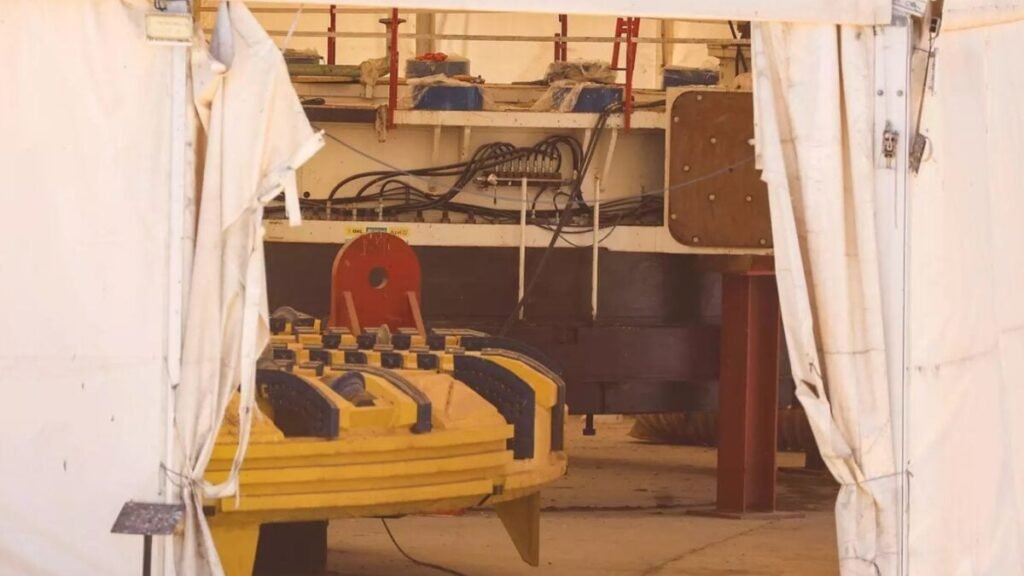Opinion: A Steel Giant Napped under a Tent in Spain, Ended up Costing 37 Million Euros and Sold for Scrap.

For more than a decade, a massive tunnel boring machine sat idle in Spain, equipped with state-of-the-art features and an ambitious mission that it never accomplished. The machine, the size of a four-story building with a 14-meter diameter rotating head, was supposed to excavate the SE-40 tunnels under the Guadalquivir River to connect Dos Hermanas and Coria del Río. However, after costing 37 million euros, it was eventually sold as scrap for a mere 1.8 million euros, a fraction of its original price.
The project that never took off
The project to build the Guadalquivir tunnels was initiated during a time of economic prosperity but faced numerous challenges, leading to its eventual failure. Despite the initial enthusiasm surrounding the arrival of the tunnel boring machine in Seville, only 15% of the tunnel was excavated before construction came to a halt due to various issues.
From vision to wasteland
After years of neglect, the tunnel boring machine was declared obsolete in 2020, marking the end of a failed project that cost 145 million euros in total. The government decided to replace the tunnels with a bridge, highlighting the project’s transformation from a symbol of progress to a monument of waste and shortsightedness. The machine, once a symbol of innovation, now serves as a reminder of bureaucratic inefficiency and lack of foresight in infrastructure planning.
In the end, the story of the tunnel boring machine serves as a cautionary tale of Spain’s concrete era, where grand visions can quickly turn into symbols of mismanagement and neglect. The failed project underscores the importance of effective planning and execution in infrastructure development, lest valuable resources end up wasted and forgotten.




